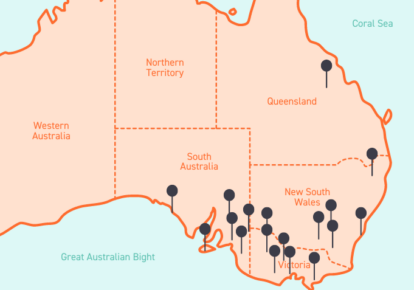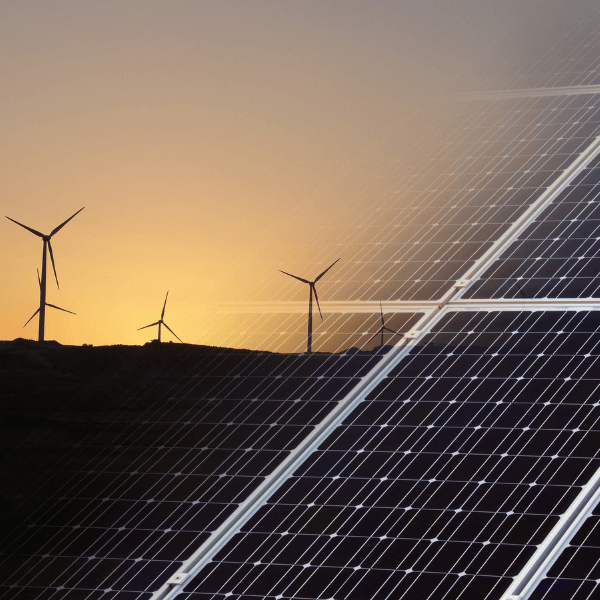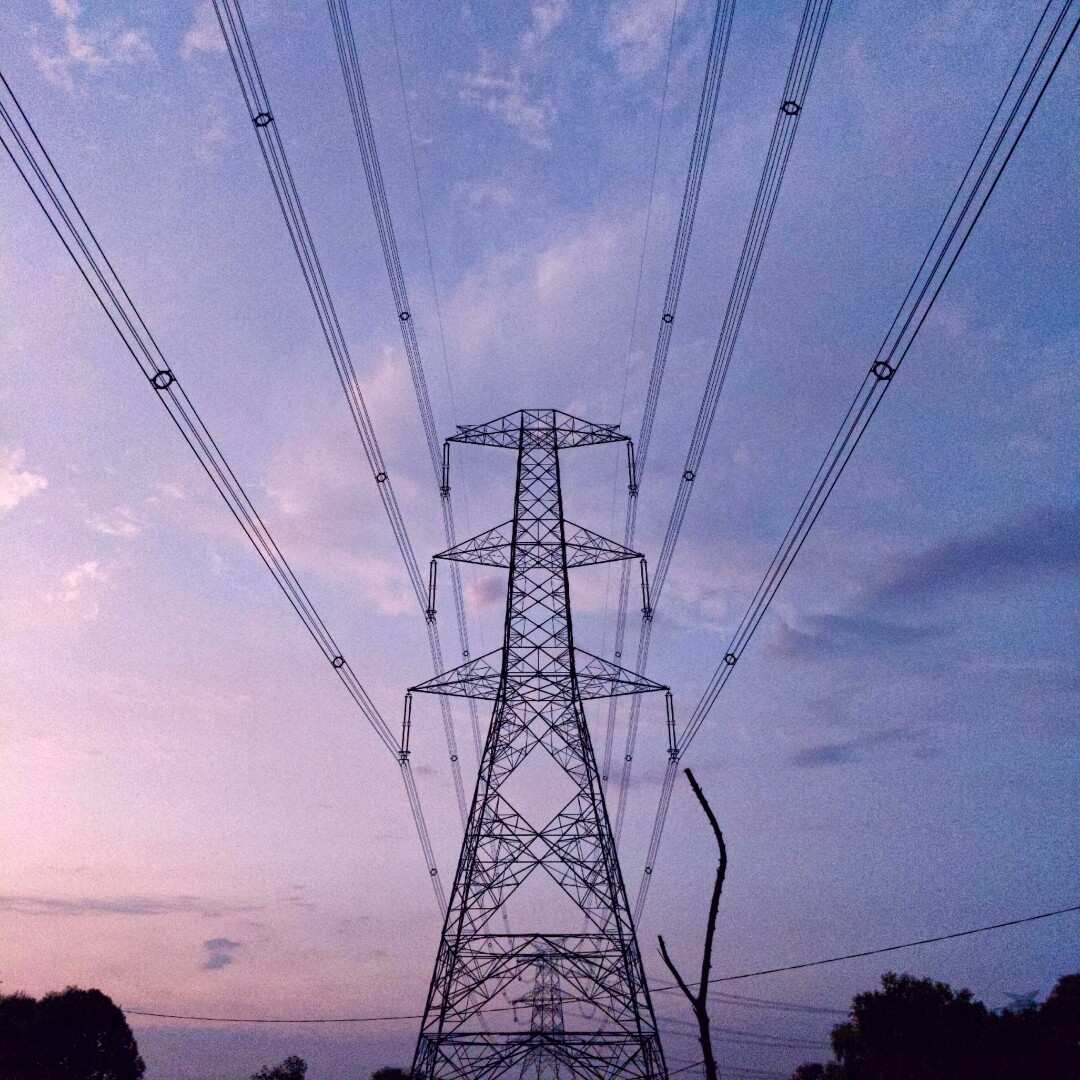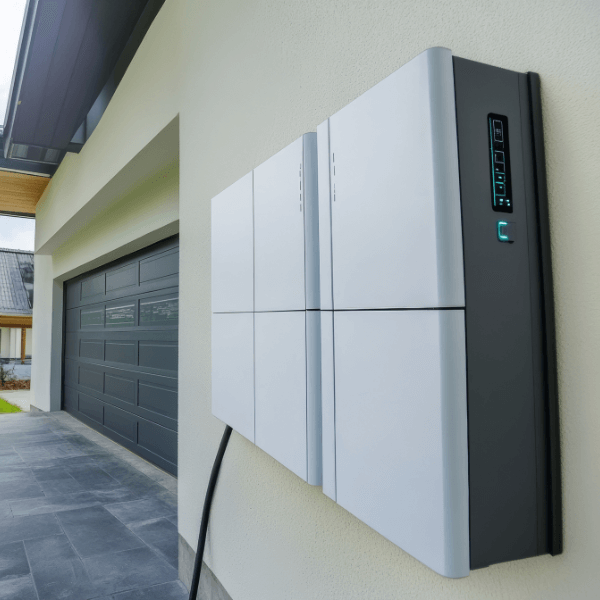Through May, average spot prices have continued to rise in all regions across the National Electricity Market (NEM), and current spot and forward prices are as high as they have ever been. This has largely been driven by increased fuel costs resulting from global market pressures.
Cold weather, generator outages, and interconnector maintenance have also caused a tighter demand-supply gap, which caused some price volatility during the month.
There were several factors that influenced wholesale electricity prices in May, and we’ll explain some of them below.
Interconnector constraints
For two weeks in the middle of the month, Murraylink (one of the interconnectors between Victoria and South Australia) was down for maintenance. The resultant network conditions meant that Heywood (the other interconnector between South Australia and Victoria) was operating at reduced capacity.
This meant that during times of low renewable generation in South Australia, Victoria could only provide limited support to the region with its baseload thermal generation, and South Australia saw price volatility on an almost daily basis as a result. When Murraylink returned to service, the worst of the volatility in South Australia disappeared.
Thermal generator outages
Thermal outages continued to reduce availability and result in price volatility throughout the month – this was especially visible in NSW and QLD in the first week of May, where total outages summed to over 2GW of generation in each region.
During the first week of May, we saw prices go to $10,000/MWh and above each evening, typically when solar ramped down and extra generation was required. When thermal generation slowly returned through mid-May, we saw instances of price volatility decrease.
High fuel prices
Global economic supply chain issues have resulted in high prices for coal and gas. As we mentioned in last month’s market wrap, many generators are on contracts for their coal, though supplement their supply from the market.
Gas prices are at an all-time high, with average prices at around $30/GJ for the month.
Due to market conditions (gas suppliers withdrawing from the market and the cumulative price threshold for gas being reached), The Australian Energy Market Operator (AEMO) had to step in at the end of the month and cap wholesale gas prices in Victoria and New South Wales to $40/GJ in the short term.
The trend of increasing forward prices for FY 2023 has continued, with prices in three of the four mainland regions exceeding $200/MWh:
- New South Wales is up 338% from a year ago, and 70% from April 2022
- Queensland is up 457% from a year ago, and 69% from April 2022
- South Australia is up 382% from a year ago, and 92% from April 2022
- Victoria is up 330% from a year ago, and 72% from April 2022
May 2022 NEM insights – by state
Click on our dynamic graph below to view the figures for your state:
To navigate to a particular past month, select page 2 on the bottom of the graph, and then use the drop down menu to make a selection.
New South Wales May 2022
- Average spot price of $320.48/MWh, with 1 hour of negative prices and 262 hours above $300/MWh
- $120/MWh difference in average spot prices at the cheapest (mid-morning) and most expensive (evening peak) times
- Similar demand curve to May 2021 with slightly higher mid-afternoon demand – concurrently, higher demand at all times compared to April 2022
Queensland May 2022
- Average spot price of $347.29/MWh, with 5 hours of negative prices and 346 hours above $300/MWh
- $140/MWh difference between the average prices at the cheapest and most expensive times of day
- Similar morning/evening peak demand when compared to May 2021, though higher demand in between
South Australia May 2022
- Average spot price of $322.31/MWh, with 70 hours of negative prices and 267 hours above $300/MWh
- $190/MWh difference between the average prices at the cheapest and most expensive times of the day
- Price volatility during the middle of the month when interconnector constraints led to decreased morning/evening supply
- Similar demand to May 2021, though higher at all times compared to April 2022
Victoria May 2022
- Average spot price of $233.64/MWh, with 25 hours of negative prices and 164 hours above $300/MWh
- $130/MWh difference between lowest and highest time-based average underlying spot price
- Similar demand to May 2021, though higher at all times compared to April 2022
Spot, negative and wholesale prices wrap up
Spot prices are currently in uncharted territory, with regional monthly average prices as high as they have ever been. Previously, high spot prices could be attributed to single events which affected the base supply/demand relationship between generators and consumers i.e., the sudden loss of a generator reducing supply overnight or a series of hot days resulting in high demand.
However, in May, while there are still the previous issues causing price volatility (that is, prices going into the thousands), the underlying base cost of energy has massively increased. As we mentioned above, this is due to increasing coal and gas prices worldwide due to the Russia/Ukraine conflict.
As mentioned above, the average gas price for the month was around $30/GJ, which for reference translates to a generation cost of around $300/MWh just to break even.
Looking ahead to June 2022
As we head into winter, solar generation will typically hit an annual low, and we expect demand to increase as heating load increases due to colder temperatures. This could result in tighter supply/demand conditions.
The Bureau of Meteorology is predicting higher-than-average daily minimum and maximum temperatures along the south-east and east coasts though, which may soften peak demand. Rainfall typical of historical levels could reduce both grid-scale and rooftop solar generation, as is typical of June.
Spot prices are unlikely to decrease in the near term and will likely persist until global supply chain issues for coal and gas are addressed. Future contracts reflect this, with contract prices remaining high throughout the rest of the year. Some relief may come if the newly elected Federal government opts to use the domestic gas reservation policy, which would divert some of the gas being shipped overseas back into the domestic market and take some pressure off the domestic gas market. We expect the electricity market to return to normal conditions when more coal generators return to service.
Unfortunately, while the National Electricity Market (NEM) is still highly dependent on gas and coal, we will be exposed to these kinds of price shocks. However, in the longer term, more renewables, batteries, and demand management should reduce the link between shocks to international coal and gas markets, and prices in the NEM.
Any questions? Our energy specialists are here to help.
If you’re an existing Flow Power customer, please do not hesitate to reach out to your account manager.
If you’re not a Flow Power customer, feel free to contact our friendly team:
? 1300 08 06 08
Alternatively, you can submit your questions through our website contact form here.















